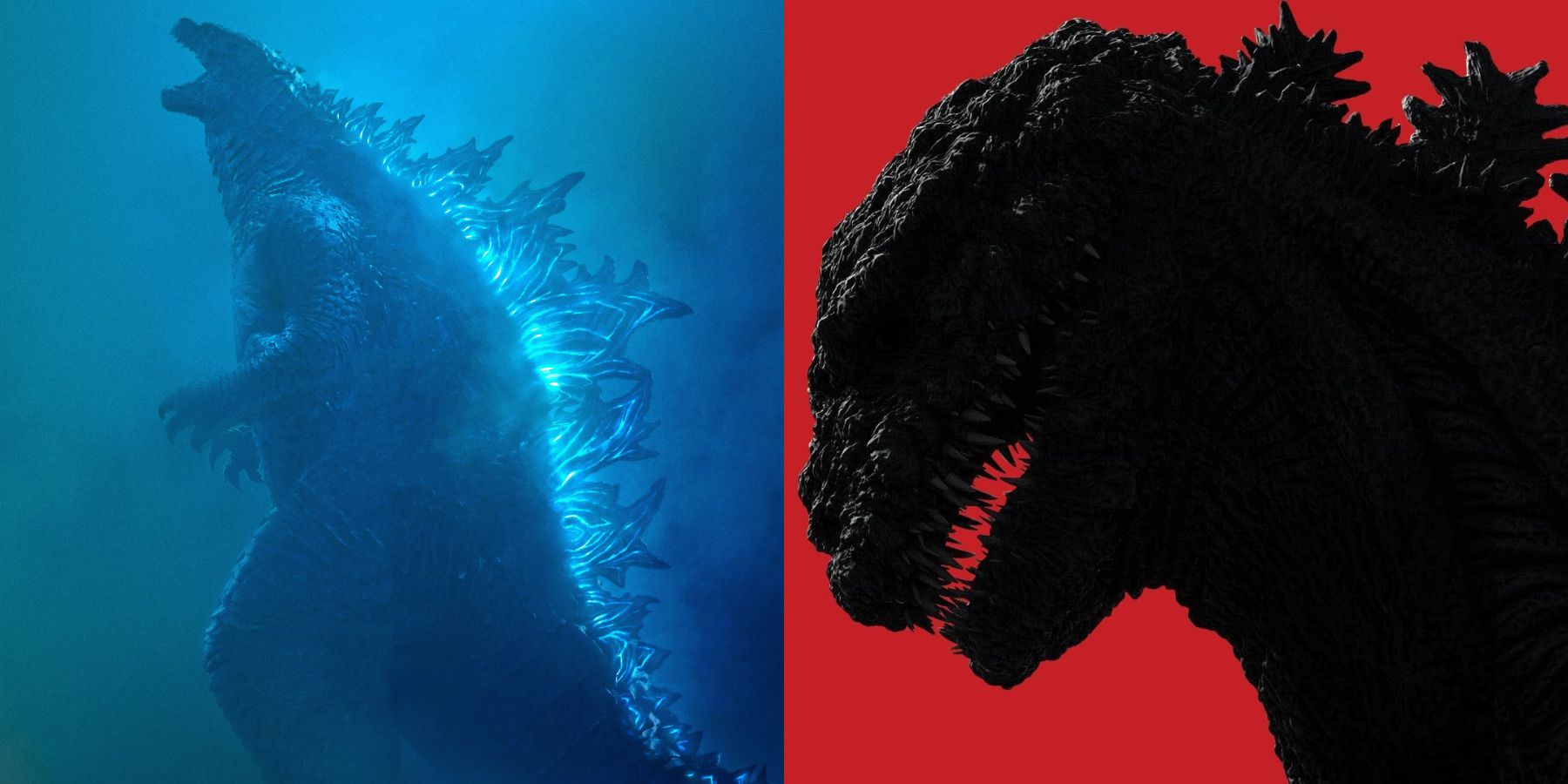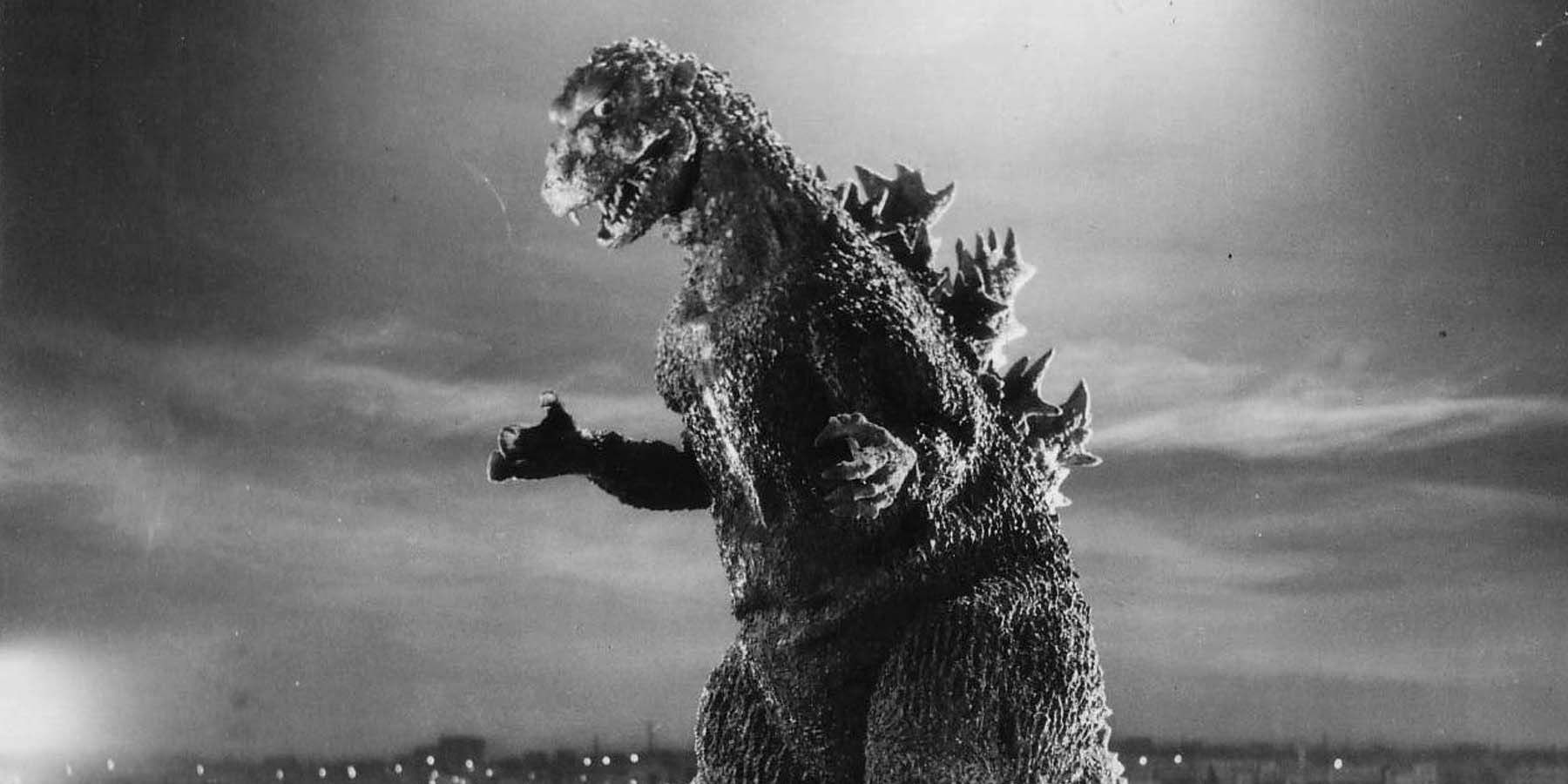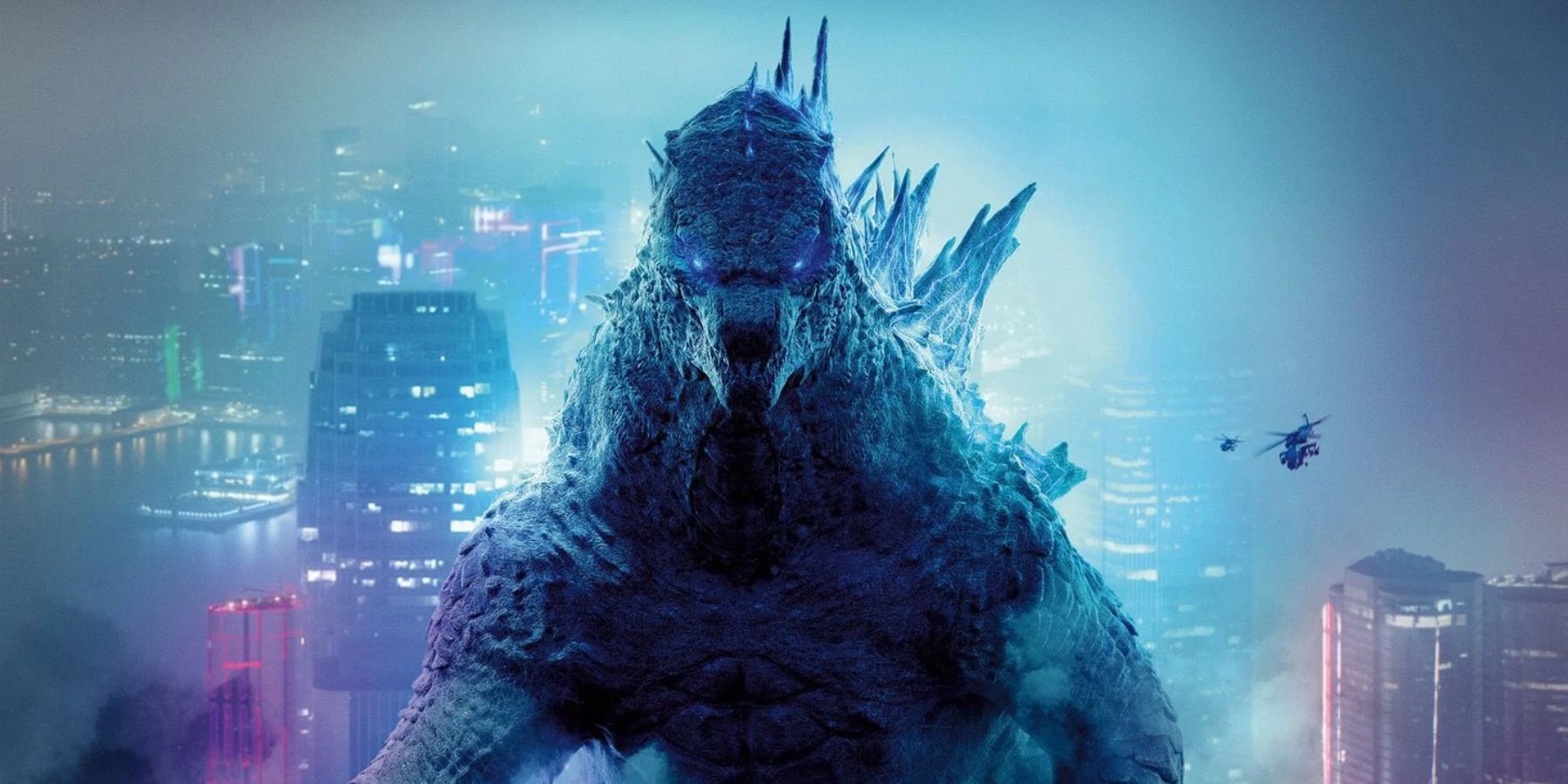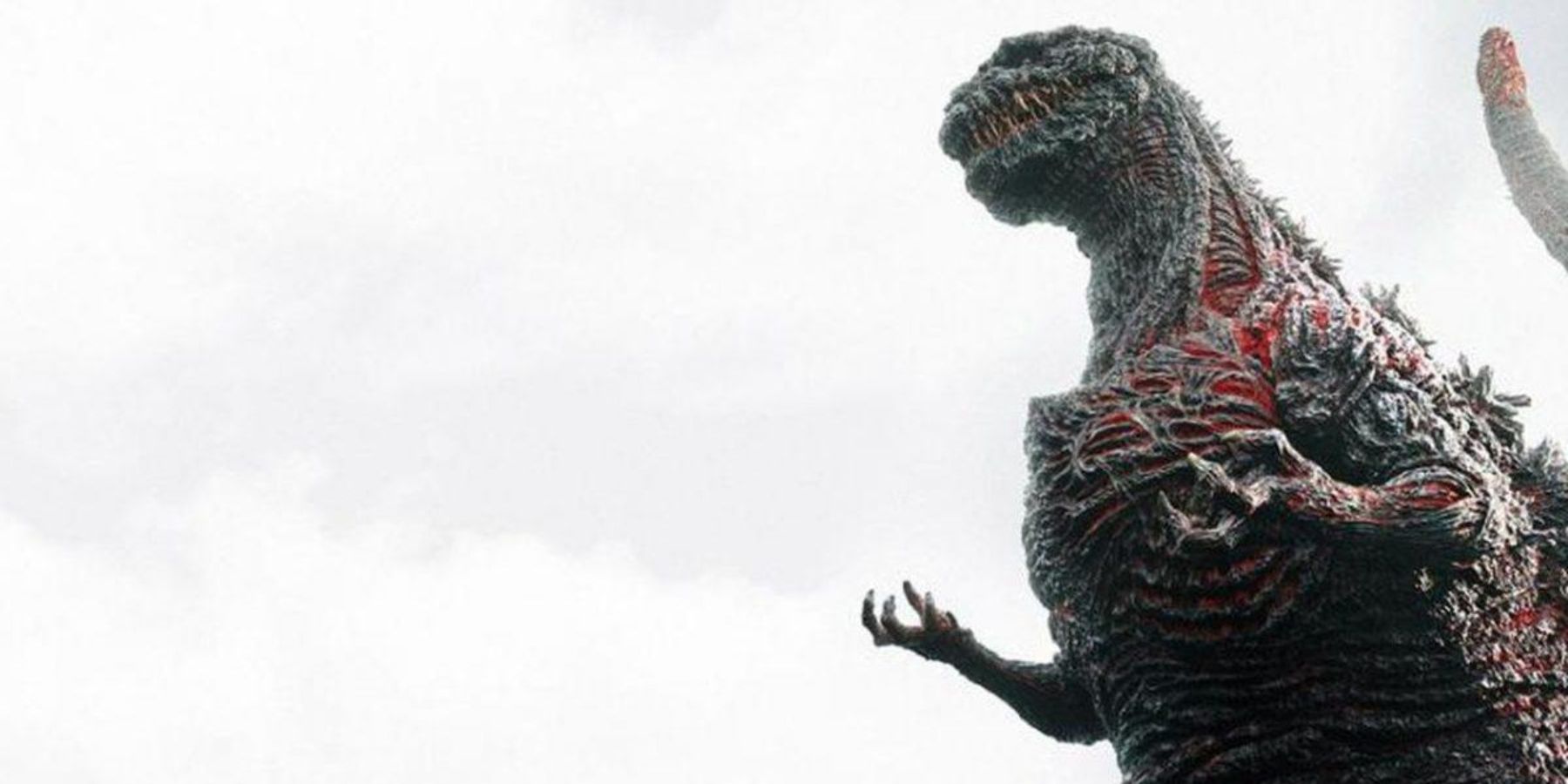When people discuss the greatest anti-heroes in cinematic history, you typically won’t find any giant radioactive lizards on the list. However, the titular kaiju of the Godzilla film series has nevertheless spent his many decades of film history walking the line between good and evil.
Godzilla is arguably best known as a force of destruction, wreaking havoc on the world to punish humanity for their hubris. However, looking at his numerous film appearances, he tends to protect humanity just as often as he menaces him. So considering how often he vacillates between protagonist and antagonist, one has to wonder which role is truly the ideal fit for Godzilla — noble hero or tragic villain?
God of Destruction
All great monsters in fiction tend to reflect a societal fear in the real world. For instance, George Romero’s Dawn of the Dead famously used zombies to represent consumerism, while vampires have been interpreted elsewhere as a metaphor for upper-class exploitation. Godzilla is hardly an exception to this trend, as he was very explicitly presented in the original 1954 Godzilla as a symbol of nuclear annihilation. Considering it had been less than a decade since the atomic bombings of Hiroshima and Nagasaki, it’s no surprise that the fear of nuclear weapons was still embedded in the public consciousness of postwar Japan. More specifically, producer Tomoyuki Tanaka was inspired to make the film’s monster atomic-powered by the Lucky Dragon No. 5 incident, in which a Japanese fishing boat was contaminated by fallout from a H-bomb test at Bikini Atoll.
Within the film, Godzilla is described as an ancient sea-dwelling reptile that was awoken from its slumber by a similar H-bomb test. Now irradiated by the blast, it rampages across Japan, leaving destruction in its wake. The film makes no secret about its themes: Godzilla represents nature punishing humanity for its reckless use of nuclear weapons. Godzilla isn’t evil per se — after all, he’s a victim of mankind’s hubris, acting in retaliation to the harm that’s been done to him. But as he exacts his vengeance, he is very much the antagonist of the film, and a frightening one at that.
The idea of Godzilla as an avenging force of nature punishing humanity for its crimes has remained a core theme of the series over the decades. It’s especially prominent in Shin Godzilla, the 2016 film by Neon Genesis Evangelion creator Hideaki Anno that essentially serves as a remake of the original 1954 movie. Anno portrays Godzilla as a lost, frightened creature trapped in constant pain, only ever lashing out in self-defense. Shin Godzilla is simultaneously one of the most sympathetic iterations of the King of Monsters and one of the most horrific. The film depicts him as nothing less than a god of destruction, and doesn’t shy away from showing the human cost of Godzilla’s rampage.
Nature’s Fearsome Guardian
However, while Godzilla began as a metaphor for nuclear devastation, he became something very different in the coming decades. Starting with 1964’s Ghidorah, The Three-Headed Monster, Godzilla went from humanity’s greatest enemy to its unlikely defender against more overtly malevolent kaiju. Within a few years, the tortured, terrifying avatar of nature’s wrath was replaced by a heroic, friendly, and even comical figure. Godzilla even became a protective father to his own baby kaiju, Minilla. When the series was eventually rebooted in 1984, Godzilla was returned to his roots as a monstrous force of destruction. However, this course correction wouldn’t last long.
In 1991, Godzilla vs. King Ghidorah sees Godzilla once again become humanity’s protector against a greater threat, though he returns to his destructive ways in the film’s final act. In the years to come, Godzilla would fluctuate between defender and destroyer. He opposed benevolent kaiju like Mothra and Mechagodzilla just as often as villainous monsters like SpaceGodzilla and Destoroyah. Godzilla no longer had any love for mankind, but he could also be depended on to protect the world from outside threats like alien invasions or rogue kaiju. Even if he wasn’t on humanity’s side, he was on Earth’s side.
Under this modern anti-heroic characterization, Godzilla’s status as an avatar of nature was recontextualized. Nature is uncontrollable, unpredictable, and often deadly, but it also provides for humans as long as it’s respected. Godzilla is a protector of the natural order who won’t allow anyone to bring harm to his world, be they man or monster. This interpretation of Godzilla as a guardian of the planet is particularly prominent in the MonsterVerse films by Legendary Pictures, which depict the kaiju as a belligerent yet honorable figure. He won’t hesitate to punish mankind for their arrogance and folly, but he’ll also save them from the likes of King Ghidorah and the MUTOs.
Friend or Foe?
Although the modern Godzilla is hardly a traditional hero, he’s still a far cry from his original depiction as a vengeful enemy of humanity. Even in the films that emphasize Godzilla’s destructive nature, he’s rarely depicted as a villain unless he’s pitted against a purely heroic kaiju, like Mothra or the man-made Mechagodzillas. As long as Godzilla’s fighting another monster, chances are good that he’ll be painted in a somewhat heroic light.
However, one could argue that this is a betrayal of the character’s original allegorical intent. After all, plenty of fans and critics alike have hailed Shin Godzilla as the greatest film in the series, and it features Godzilla at his most fearsome. But at the same time, it’s only natural for symbols to change meaning over the years. Just as Batman has been both a grim, brooding vigilante and a bright, campy hero, Godzilla has existed as both a horrifying destroyer and a courageous guardian. Fans may prefer one take over the other, but they’re both equally valid interpretations of the character.
Godzilla has been portrayed as both hero and villain throughout his long history, and neither variation is inherently superior to the other. With the right execution, both characterizations have the potential to capture the character’s core appeal as an untamable force of nature. In the end, whichever version works better depends on the kind of story that’s being told. In fact, it’s that very versatility that’s allowed Godzilla to become a true legend of cinema.




